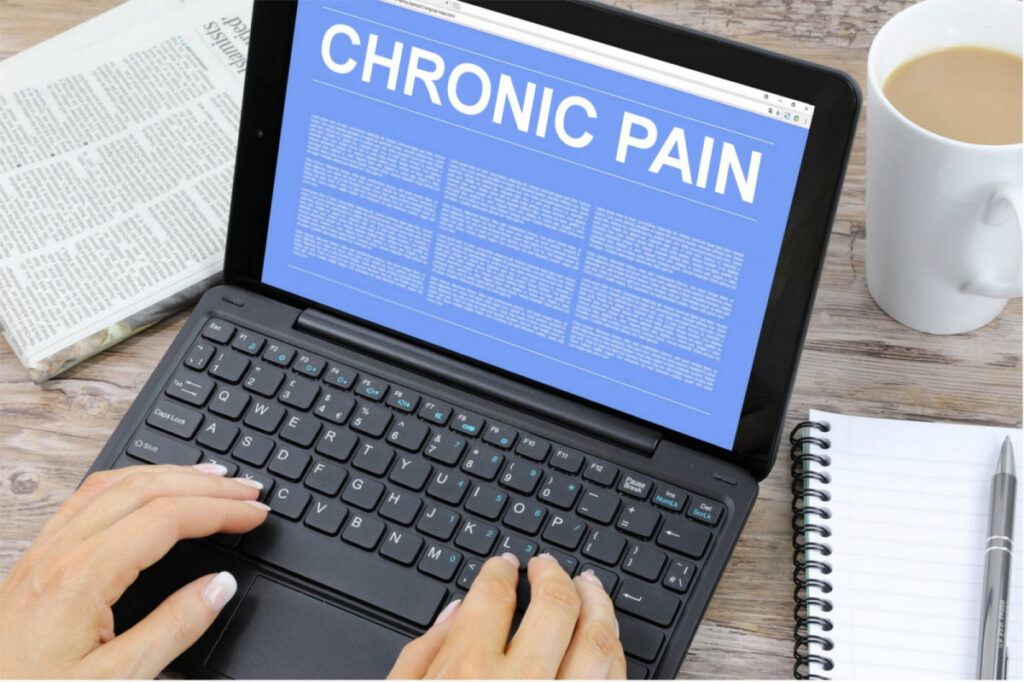Chronic pain is a major public health problem, affecting millions of people worldwide. But there is hope on the horizon. New breakthroughs in chronic pain management are revolutionizing the way we treat this debilitating condition. Interested in knowing about them? Keep going with me until the end and I’ll show you the way to Breakthroughs in Chronic Pain.
Chronic pain is a major public health problem, affecting millions of people worldwide. It can be debilitating and have a significant impact on a person’s physical, emotional, and social well-being.
The good news is that there are new breakthroughs in chronic pain management that are revolutionizing the way we treat this condition. These new treatments and therapies offer hope to people who have been living with chronic pain for years, and they could help you get your life back.
In this blog post, we will explore some of the latest breakthroughs in chronic pain management, and how they can help you. We will also discuss the importance of finding a treatment plan that works for you, and how to get the support you need to manage your pain.
There is help available, No one should suffer in silence.
Read on to learn more about the latest advances in chronic pain management, and how you can start living a pain-free life.
Advances in Pharmacological Treatments
Traditional pain medications, such as opioids and nonsteroidal anti-inflammatory drugs (NSAIDs), can be effective in managing chronic pain. However, these medications also have significant limitations. Opioids can be addictive and dangerous, and NSAIDs can cause stomach ulcers and other serious side effects.
New and promising medications for chronic pain are being developed all the time. Some of these medications, such as cannabinoids and ketamine, have shown promise in clinical trials. However, more research is needed to determine the long-term safety and efficacy of these medications.
There are many success stories of patients who have benefited from new and promising medications for chronic pain. For example, one patient with chronic back pain was able to reduce her opioid use by 50% after starting treatment with a cannabinoid medication. Another patient with chronic migraine headaches was able to reduce her headache frequency by 75% after starting treatment with ketamine.
These are just a few examples of the many ways that new and promising medications for chronic pain are helping people to live better lives. If you are living with chronic pain, talk to your doctor about the latest advances in pharmacological treatments. There may be a medication that can help you to get your life back
Innovations in Non-Pharmacological Therapies
In addition to pharmacological treatments, there are a number of non-pharmacological therapies that can be effective in managing chronic pain. These therapies can be used alone or in combination with medication to help reduce pain, improve function, and improve quality of life.
Some of the most common non-pharmacological therapies for chronic pain include:
- Exercise: Exercise can help to reduce pain, improve range of motion, and strengthen muscles.
- Massage therapy: Massage can help to reduce pain, improve circulation, and relax muscles.
- Heat therapy: Heat therapy can help to reduce pain and inflammation.
- Cold therapy: Cold therapy can help to reduce pain and inflammation.
- Acupuncture: Acupuncture is a traditional Chinese medicine technique that involves the insertion of thin needles into specific points on the body. Acupuncture has been shown to be effective in reducing pain in some people.
- Yoga: Yoga is a mind-body practice that combines physical postures, breathing exercises, and meditation. Yoga can help to reduce pain, improve flexibility, and reduce stress.
- Biofeedback: Biofeedback is a technique that teaches people to control their body’s responses to pain. Biofeedback can help people to reduce pain by learning to control their heart rate, blood pressure, and muscle tension.
- Neurostimulation: Neurostimulation is a technique that uses electrical stimulation to block pain signals. Neurostimulation can be used in a variety of ways, including transcutaneous electrical nerve stimulation (TENS), spinal cord stimulation, and deep brain stimulation.
- Virtual reality therapy: Virtual reality therapy is a technique that uses virtual reality to create a realistic experience that can help people to manage pain. Virtual reality therapy can be used to help people relax, distract themselves from pain, and cope with anxiety and depression.
Chronic pain is a complex condition, and there is no one-size-fits-all solution. However, the breakthroughs in chronic pain management that we have discussed in this blog post offer hope to people who have been living with chronic pain for years. These new treatments and therapies could help you to get your life back.
If you are living with chronic pain, talk to your doctor about the latest advances in chronic pain management. There may be a treatment that can help you to live a pain-free life.

